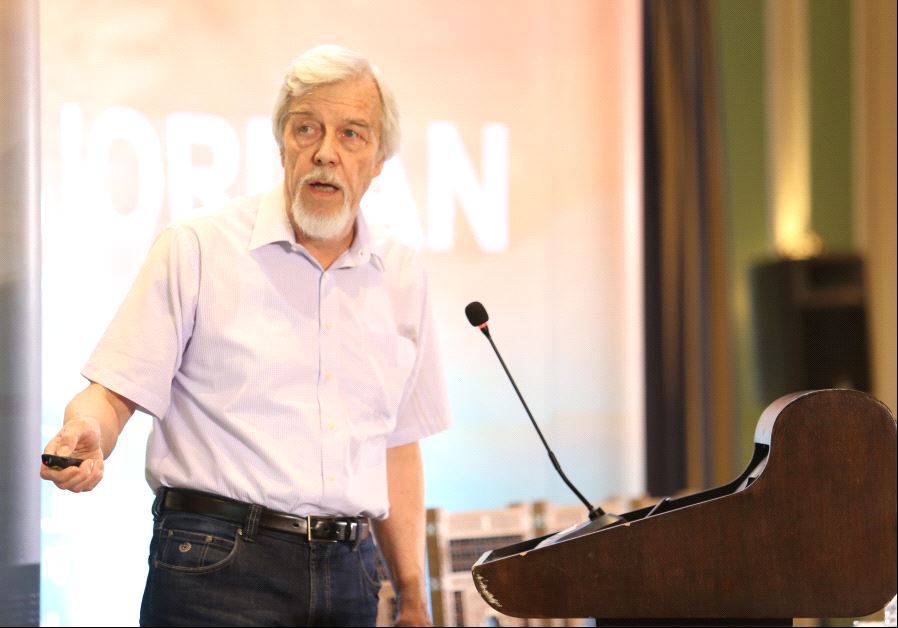Science project in Jordan shines light on regional cooperation
“Jordan was selected for two main reasons: Its strong interest and its ability to host all scientists.”
 Rolf Heuer, incoming president of the SESAME Council.(photo credit: THE SHARING KNOWLEDGE FOUNDATION)Updated:
Rolf Heuer, incoming president of the SESAME Council.(photo credit: THE SHARING KNOWLEDGE FOUNDATION)Updated: